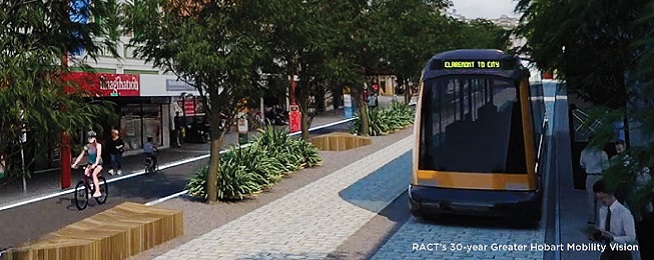You can hear how Adelaide and Geelong installed and are planning on-road, separated cycleways at a free public forum on Thursday 1 August at Hobart Town Hall.
MCed by Hobart’s Lord Mayor, Anna Reynolds, speakers include Adelaide landscape architect Daniel Bennett and Geelong traffic engineer Jarrod Malone.
The forum will hear about their experiences in Adelaide and Geelong in getting separated cycleways built in the face of some public and business opposition.
Daniel Bennett, Director DJB_LA
Daniel Bennett is a registered landscape architect who recently went full time as director of his own business DJB_LA, leaving his position as the Associate Director for Strategy and Design for the City of Adelaide.
He oversaw the design of the controversial Frome Street bikeway, which was built as part of a $12 million state and local government agreement for an east–west and north–south corridor into Adelaide’s city centre.
The bikeway has had a long history, first being built in 2014 with comfortable quiet road connections from the southern Park Lands onto a separated lane on Frome Street. It was modified in 2018 to remove on-street concrete barriers in favour of a kerb-separated cycleway with street plantings.
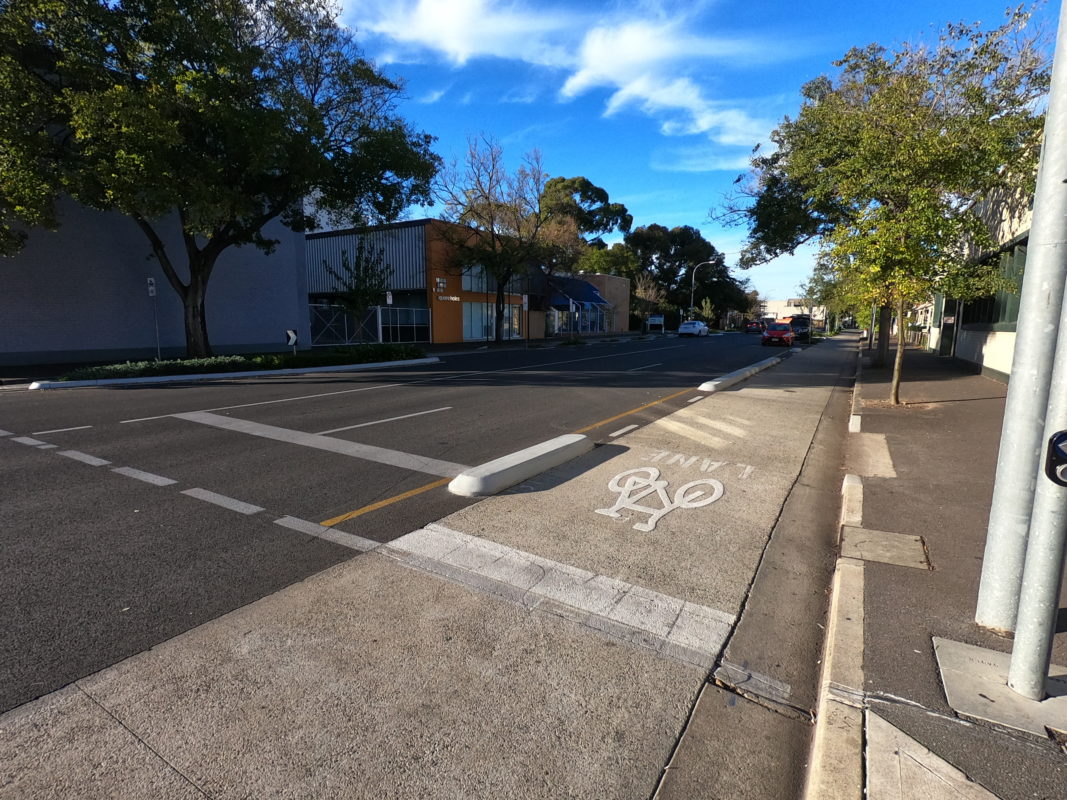
Before the designs were modified the bikeway was criticised for the concrete barriers which car drivers crashed into, and for reducing the number of traffic lanes.
Once the north–south corridor is complete, it will stretch from the southern Parklands through to the University of Adelaide and River Torrens.
The council has not yet started building the east–west corridor, which looks set to follow Flinders and Franklin streets and intersect on Frome Street.
Jarrod Malone, City of Greater Geelong
Jarrod is the Coordinator of the Transport Unit at the City of Greater Geelong, where he has helped plan and deliver Geelong’s plan for cycling corridors, some of which are separated from motor traffic.
He has also worked on the Central Geelong Action Plan where he was responsible for the planning and implementation of a range of transport, place making, public realm and economic stimulation projects.
Geelong has plans for two cycling corridors into its city centre thanks to a $4.7 million Transport Accident Commission grant. The corridors will be a mix of quiet street links and separated cycleways on busier streets.
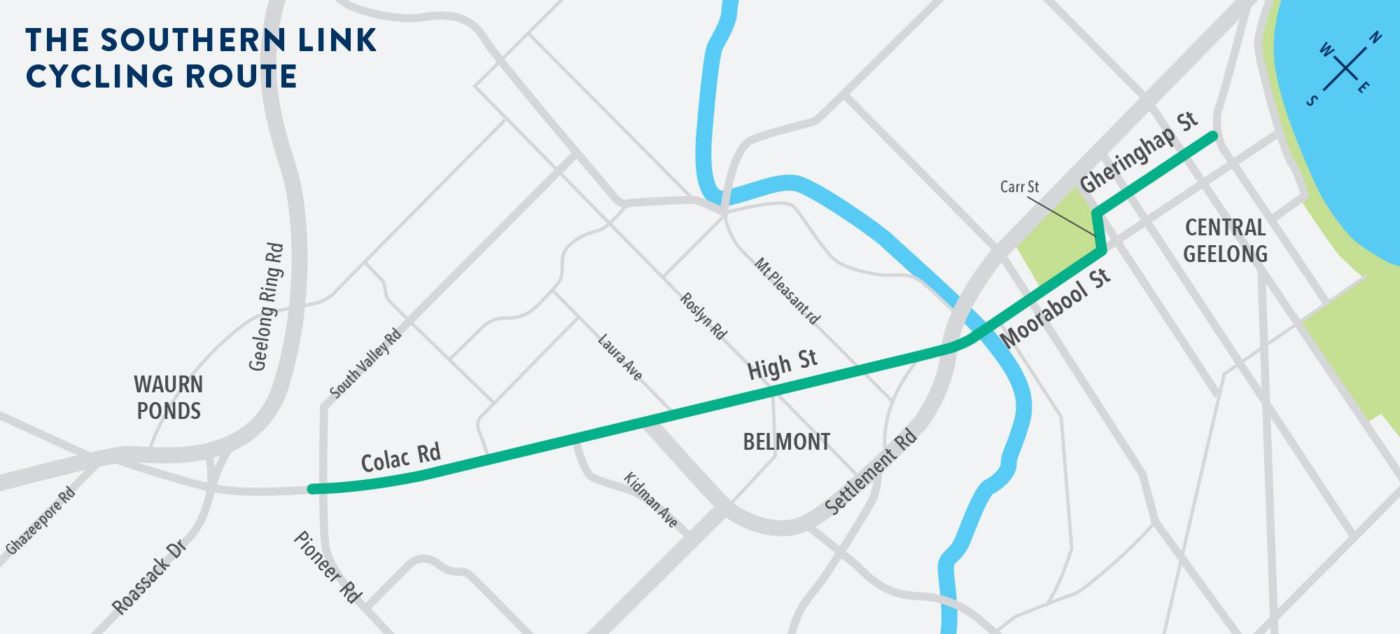
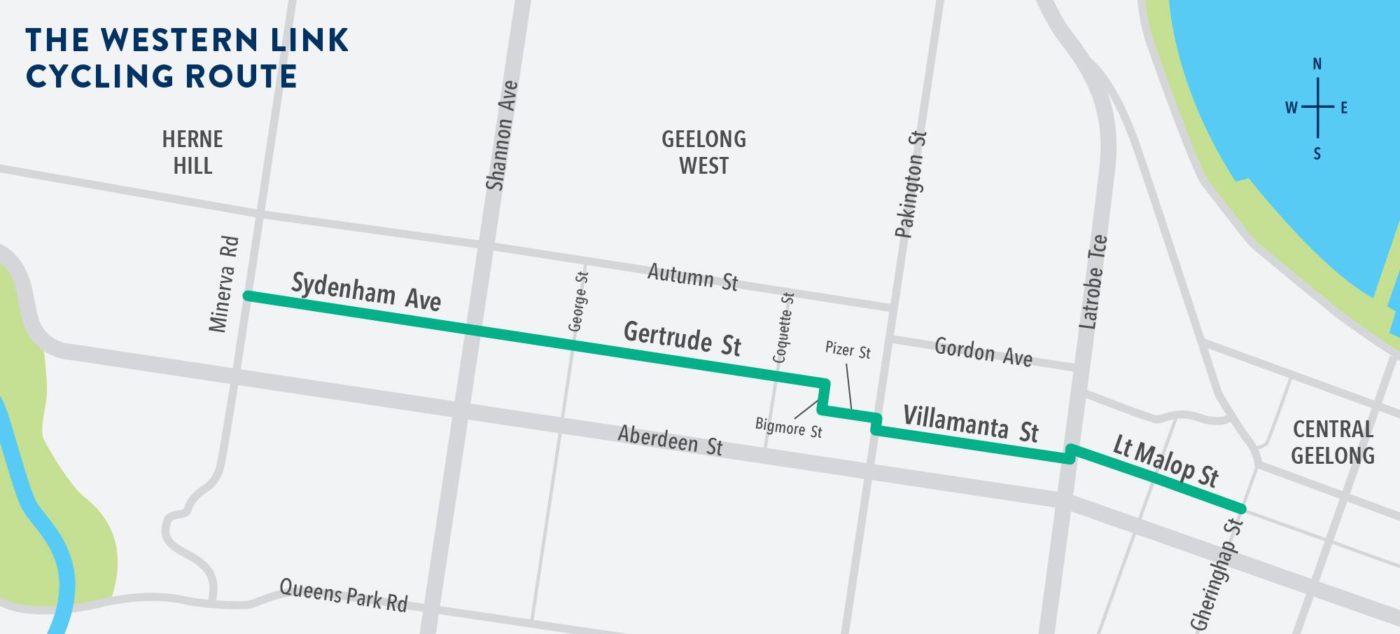
The southern link design received front-page publicity when some traders opposed it because of the loss of on-street car parking. However, the council approved the route in May this year and the work has gone out to tender.
Business concerns were addressed through the creation of new parking areas in side streets and formalisation of a casual parking area. Community consultation found that 63% of respondents favoured separating bike riders and traffic.
Geelong’s Deputy Mayor Peter Murrihy commented after the council decision was made:
“Bike riders should be able to feel safe when they ride. Mobility is a basic human right and no-one should have to risk their life to get to work or a friend’s house.
“Cities are much better with people riding bikes. I believe we are a progressive city, and progressive cities have separated bike lanes. If we have more people riding bikes, we will have a healthier community, a healthier environment, and reduced congestion on our roads.”
Malop Street has already had a make-over with separated cycleways built in the centre of the city.
Separated cycleways in Hobart
As the capital city, Hobart is the most obvious place for high-quality separated cycleways to be built in Tasmania to give more people the option of riding for transport.
The City of Melbourne has a goal of increasing its separated network by 50 km over the next decade and Transport Victoria is working with greater Melbourne councils to identify and develop high quality cycling corridors.
While the City of Sydney has worked with neighbouring councils on a plan to create a network of 284 km of cycling paths and lanes across greater Sydney.
But it’s not just the capital cities surging ahead with all-abilities cycle networks, with rural cities more akin to some of Tasmania’s urban centres also planning and implementing networks, such as Geelong, Ballarat and Albury Wodonga.
Tasmania’s urban cycling network maps don’t nominate which sections should be separated, but for potentially popular routes on high traffic volume roads this is likely what is needed to get more people riding.
The Tasmanian Bicycle Council released a plan for separated cycleways in Hobart’s city centre this year which would provide a bi-directional loop around the city centre.
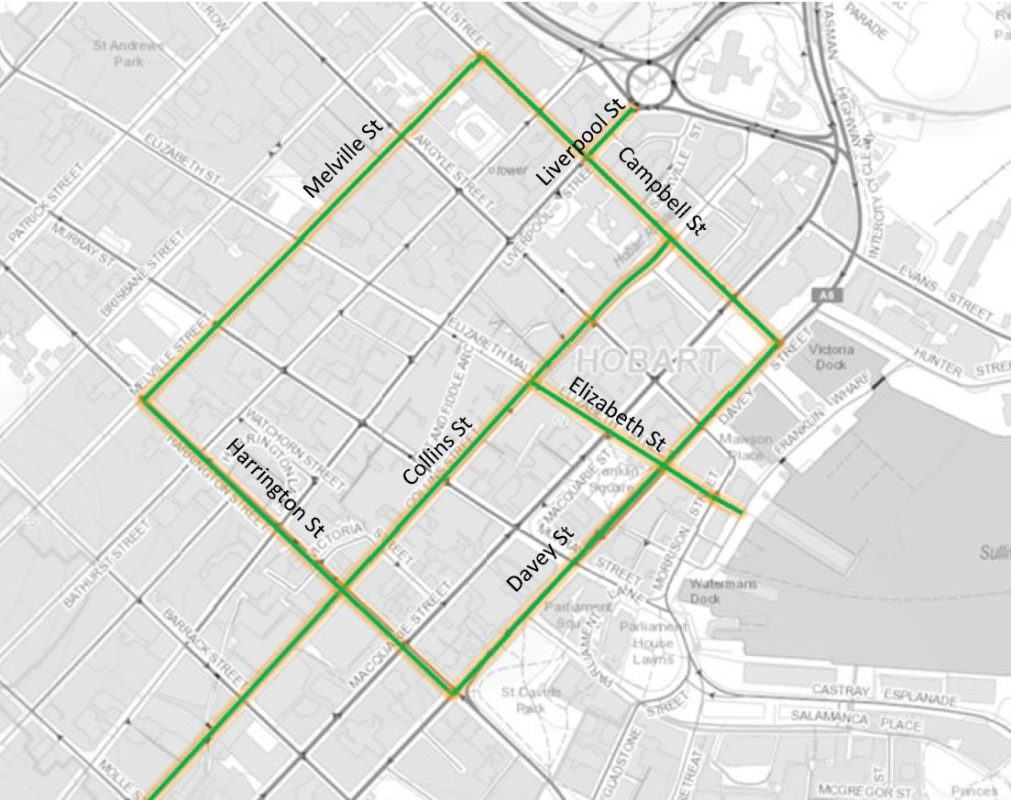
The City of Hobart is developing plans for the first on-road separated lanes in its municipality which, if approved by the council, will provide an important example for other urban areas.
Tasmania needs to take the plunge and invest in separated cycleways to provide transport options for a broader section of the community. In Hobart they could go some way to helping alleviate traffic congestion in peak hours.
Separated Cycleways - What we Can Learn from Adelaide & Geelong
Thursday 1 August
6.30 - 7.30 pm
Hobart Town Hall, Lord Mayor's courtroom


